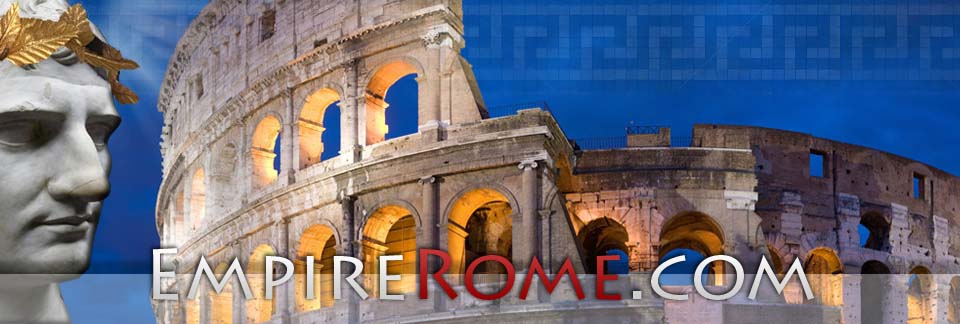
Ancient Rome, from its start was ruled by kings. Some of these tyrant kings were harsh and unyielding which led to the Ancient Romans overthrowing them and starting a new government called the Republic. This new republic gave shared power among those elected; however, some Ancient Romans feared that even these politicians might become too powerful and wanted to do something about it.
Politicians becoming too powerful was a legitimate fear. To ease these fears, citizens with high authority were allowed to have only limited terms. An example of this would be limiting consuls to only hold office for one year. This put limitations on their leaders and permitted others to hold office so no one official could continually abuse power. The Ancient Romans also kept balance by giving government officials the ability to restrict powers of other officials. This was carried out by one official stalling or vetoing the actions of the other.
In Ancient Rome laws were proposed by the Senate and approved by the magistrates. Once a law was approved by the magistrates it had to be approved by the assemblies. This provided checks and balances throughout the Ancient Roman empire as the Ancient Romans were constantly struggling with corruption. These checks and balances also helped to equalize the three sections of government, but was still not completely reliable. It was said the government was efficient when every part was in agreement, but problematic when government branches disagreed.

